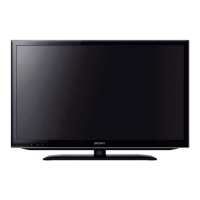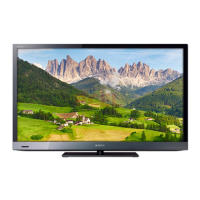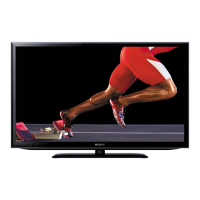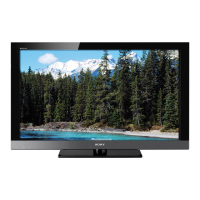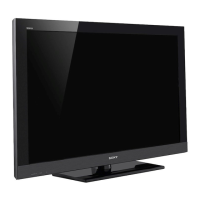Do you have a question about the Sony KDL-46EX655 and is the answer not in the manual?
| Screen Size | 46 inches |
|---|---|
| Resolution | 1920 x 1080 |
| Display Type | LCD |
| Backlight Type | Edge LED |
| Refresh Rate | 120 Hz |
| HDMI Ports | 4 |
| USB Ports | 2 |
| 3D Compatibility | No |
| Smart TV | Yes |
| Wi-Fi | Yes |
| Ethernet Port | Yes |
| Energy Star Certified | Yes |
